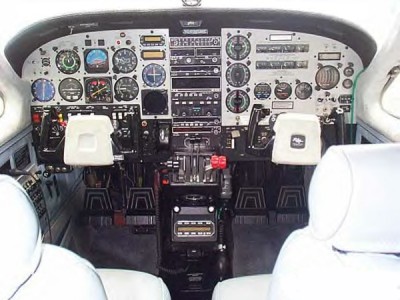|
 certified aircraft database
certified aircraft database
 Cessna Aircraft
Cessna Aircraft

 history and gallery
history and gallery
 C336 Skymaster
C336 Skymaster
 C337 C Skymaster
C337 C Skymaster
 C337 D Skymaster
C337 D Skymaster
 C337 E Skymaster
C337 E Skymaster
 C337 F Skymaster
C337 F Skymaster
 C337 G, H II Skymaster
C337 G, H II Skymaster
 C337 G, H II Skymaster to 1979
C337 G, H II Skymaster to 1979
 C337,A, Skymaster
C337,A, Skymaster
 C337 B Skymaster
C337 B Skymaster
|
|

Cessna 336 & 337 Skymaster history, performance and specifications




The push-pull
engine configuration of the twin tail-boom
Cessna 336 was designed to overcome the
asymmetric handling problems of twin engined
aircraft in "engine-out" situations.
Cessna's "centre line thrust" concept of the
nose-mounted tractor and rear-mounted pusher
engines was recognised by the FAA in the US,
who allowed pilots to be rated on this type.

The Model 336 first flew in February 1961.
After significant revisions, it entered
production, 195 of the type being delivered
from mid-1963 until late 1964. It was
replaced in production by the 337 Super
Skymaster (later just Skymaster)
from February 1965.
In development from the 336, the 337
introduced, among other changes, retractable
undercarriage, more powerful engines than
the 336's, and a dorsal intake for the rear
engine. In 1967 a turbo-charged T337 was
introduced, and in 1972, a T337G Pressurised
Skymaster.
In addition to 1859 standard and 332
pressurised 337s, Cessna built 513 military
O-2 versions, largely for Forward Air
Control, for the US Air Force.
After Cessna production ended in 1980,
development continued with Reims, in France,
with the FTB337 STOL and the military FTMA
Milirole. Reims 337 production
totalled 94 aircraft.
|
|
